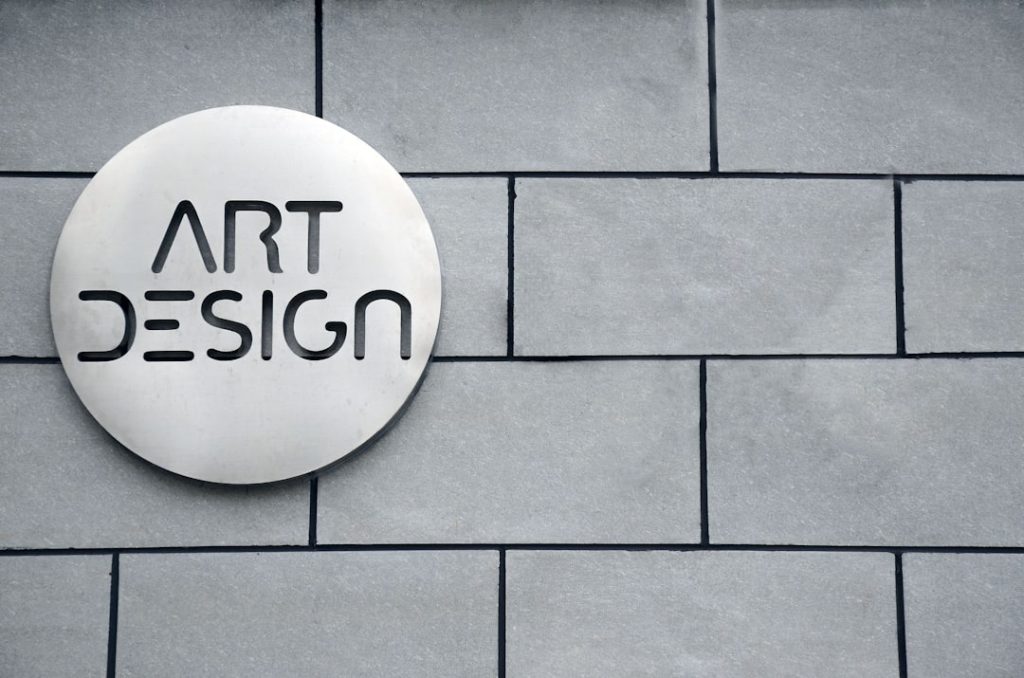In today’s dynamic digital world, visual branding has become more critical than ever. Logos serve as the face of a company, embodying its identity, values, and services in a single, often simple, graphic. With the increasing demand for efficient, innovative, and customized designs, Artificial Intelligence (AI) has emerged as a transformative force in logo creation. At the core of this transformation lies machine learning (ML), a specialized branch of AI that empowers systems to learn and improve from data without being explicitly programmed.
Machine learning plays a pivotal role in AI logo design by enabling systems to understand design trends, generate new ideas, and fine-tune graphical output to meet user preferences. What once required extensive human effort and expertise can now be accelerated, augmented, and even automated through powerful ML algorithms.
The Mechanics of Machine Learning in Logo Design
At a technical level, machine learning models are trained on vast datasets containing thousands—or even millions—of graphics, logos, typography elements, and design styles. These models learn patterns such as color associations, symmetry, proportion, and industry-related motifs.
- Deep Learning: A subcategory of machine learning, deep learning uses neural networks to mimic the human brain. It’s effective at recognizing shapes, styles, and semantic patterns in logos.
- Natural Language Processing (NLP): NLP enables systems to understand user input in the form of text descriptions, allowing businesses to describe their brand and receive tailored logo suggestions.
- Reinforcement Learning: By receiving feedback from users about which designs are more appealing, systems evolve and improve over time, producing increasingly better results.
This learning process enables an AI-powered design tool not only to emulate human-created designs but also to innovate beyond traditional methods by discovering new style combinations and visual elements. Companies benefit from both speed and creativity when deploying such tools.

Benefits of Integrating Machine Learning in Logo Creation
There are several concrete advantages to utilizing machine learning in logo design:
- Speed and Efficiency: Machine learning drastically reduces the time required to go from concept to final design. What might take human designers days or weeks can now be achieved in minutes.
- Cost-Effectiveness: Startups and small businesses gain access to professional-grade designs without the high costs typically associated with hiring design agencies.
- Customization at Scale: ML algorithms can analyze a company’s target audience, mission statement, and industry to generate tailored logos that resonate with the intended demographic.
- Data-Driven Creativity: Machine learning introduces objectivity into the creative process by leveraging hard data, trends, and success metrics associated with design elements.
These advantages collectively empower businesses to establish strong visual identities, even with limited resources or design knowledge.
Challenges and Ethical Considerations
Despite the myriad benefits, there are significant considerations attached to embedding machine learning in creative design. For one, there’s the issue of originality. Since ML models are trained on pre-existing logos and visual data, the designs they generate may inadvertently borrow from copyrighted or trademarked content.
Another challenge lies in interpretability. Unlike human designers who can explain the rationale behind their creative choices, machine learning systems often function as “black boxes,” offering little transparency into why certain designs are produced over others.
There are also ethical concerns surrounding the displacement of creative professionals. While machine learning enables rapid and inexpensive design, it also poses a risk to traditional design roles by potentially reducing job opportunities and undervaluing human creativity.
The Future of Logo Design: Human-AI Collaboration
Rather than viewing machine learning as a replacement for human creativity, the technology is increasingly being embraced as a collaborative partner. The most effective systems position AI as a creative assistant—enhancing the designer’s capabilities rather than replacing them. Human designers still bring intuition, cultural context, and emotional intelligence to the table, which remains difficult for machines to replicate.
Image not found in postmeta
As the technology matures, we can expect further integration of machine learning into design platforms, leading to increasingly personalized, innovative, and brand-aligned visuals. Businesses that understand and leverage this collaboration effectively will be better positioned to stand out in the crowded digital landscape.
In conclusion, machine learning is a foundational element in the evolution of AI-driven logo design. It brings unprecedented advantages in terms of speed, accessibility, and adaptability—but it also necessitates thoughtful implementation. As with many technological advances, its greatest potential is realized when used in harmony with human insight and creativity.


